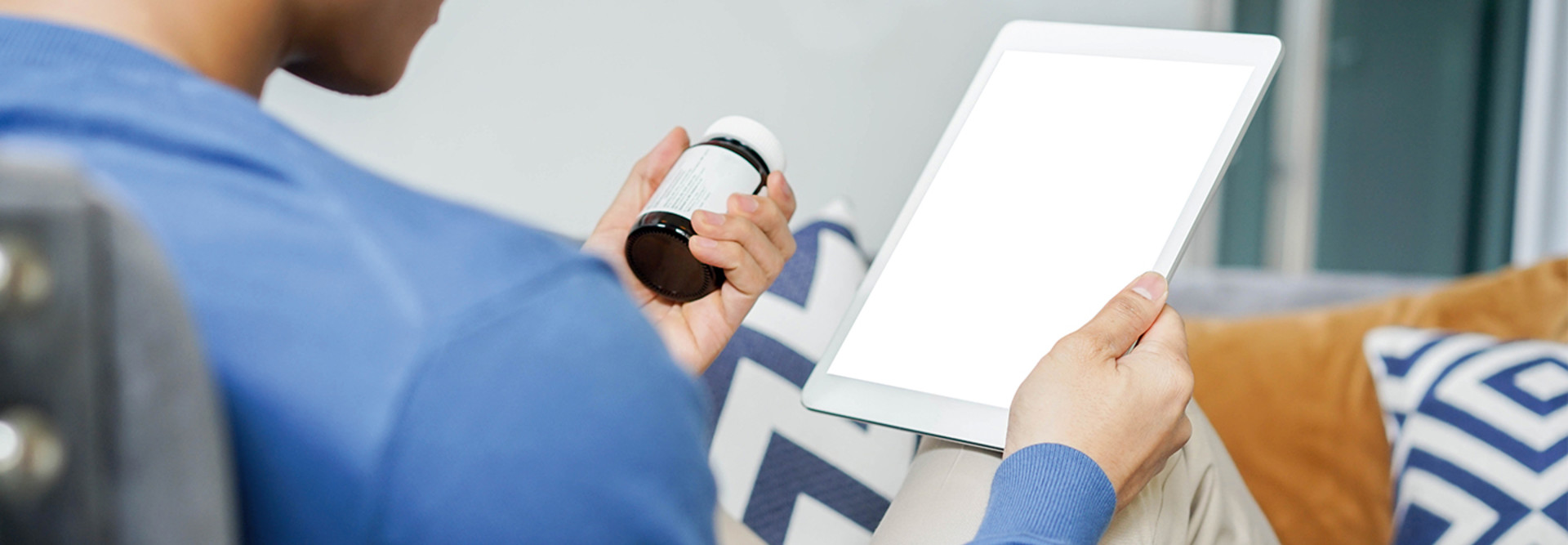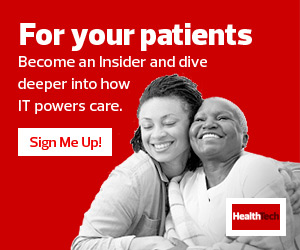LIVMOR incorporates protection from HIPAA-compliant Samsung Knox, the tech giant’s security framework, which offers data encryption and data isolation.
The initiative is part of the VA’s Whole Health Initiative, in which a health team helps patients organize a personalized health plan.
The focus is on “‘what is important to you,’ rather than saying to the patient, ‘what is the matter with you?’” says Dr. Lori Ellis, head of telecardiology and digital program director for the Department of Veterans Affairs, North Texas. “The patient is the director of their care in this program. The patients set their goals, and we talk about what matters the most to them.”
Breaking Down Veterans' Barriers to Healthcare
Even during the COVID-19 pandemic, doctors such as Ellis have been readily available to veterans through telehealth.
Now, Ellis says, the LIVMOR program allows the most at-risk patients to connect to health providers on the Samsung devices without traveling to get care. “Veterans actually have to contend with a lot of different socioeconomic and health factors that the general population doesn’t, based on their service, their theater of service and the length of service, particularly where our facility is located in South Dallas,” she adds.
The platform’s flexibility has dramatically changed care at the VA for patients with chronic health problems, chronic congestive heart failure and progressive coronary artery disease, she says.
“That’s how we’ve been able to turn around a lot of the clinical outcomes that we’ve struggled for several years to make headway with. We’ve taken that barrier away,” Ellis says. “Now we’re allowed to reach out to the patient to get them the care they need.”
READ MORE: Five key considerations for effective remote patient monitoring.
The remote monitoring platform lets Ellis track other types of medical conditions besides atrial fibrillation, which is an irregular heartbeat, including diabetes or pulmonary disease.
“What this allowed us to do is to continue to provide care to a very sick group of patients who would have gotten no care during the pandemic had we not had this avenue to give it to them,” Ellis says. She was in touch with patients sometimes multiple times a week.
She adds that the remote monitoring also allows her to address issues such as post-traumatic stress disorder that could be outside her specialty. “If a patient isn’t sleeping at night because they’re waking up screaming from their nightmares and their PTSD, I’m obviously not going to be successful in treating their cardiovascular disease,” Ellis says.
More Benefits for Veterans Using Remote Patient Monitoring
Patients also do not need to have their own technology at home to use LIVMOR, which is another reason Ellis became interested in the program, she says.
“The VA already had similar platforms and similar remote monitoring methods, but they were always limited by whether or not patients had their own home technology, so when I heard that, that’s when I became very interested,” Ellis adds.
Patients are not introduced to the program as another medical device; rather, Ellis says, “it’s presented to them as a tool.”
LEARN MORE: How do patients view virtual care?
For Samsung, feedback from Ellis and the remote monitoring team could shape the design of future products. “It’s phenomenal for us to hear this real-use case and the impacts that it is delivering,” Jones says.
Ellis hopes to get more veterans to use the remote monitoring program.
“We’ve had the highest patient satisfaction scores in the history of our section in the past year, and we attribute that to this program and this device,” Ellis says. “And we hope we just continue to grow.”











